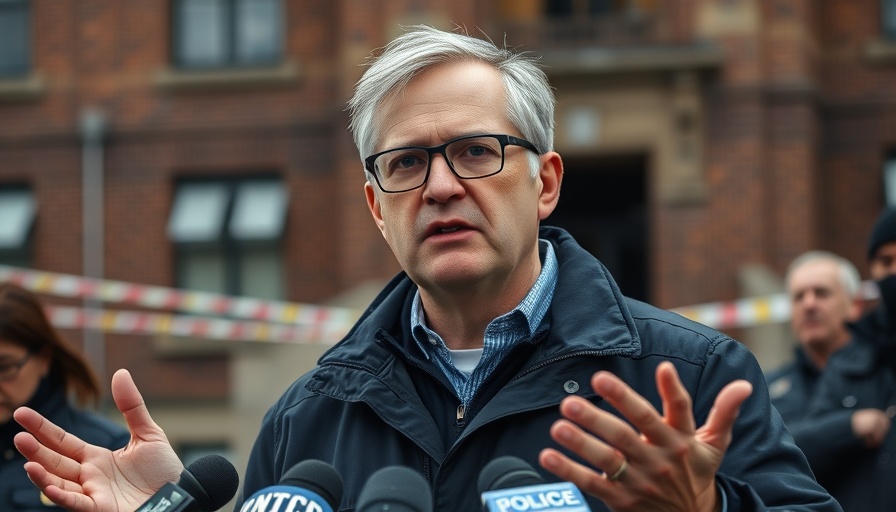
The Mystery of Who's Funding the Governor's Mansion
In Pennsylvania, intrigue surrounds the restoration efforts of the governor’s mansion, which was damaged in an arson attack earlier this year. Governor Josh Shapiro and his family were inside the residence when the fire broke out, but fortunately, they escaped unharmed. What remains unclear, however, is the identity of the big-dollar donors who are providing financial support for the restoration as well as the specifics of how these funds will be utilized.
The fundraiser, held by the state’s five living former governors, aimed to generate monetary support for the repairs to the historic residence along the Susquehanna River. Despite its noble cause, the event has been marred by a veil of secrecy, with neither the Shapiro administration nor the nonprofit organization—Team Pennsylvania—disclosing the attendees or the exact amount raised. A Shapiro spokesperson indicated that donor names would be publicly thanked later, but the ongoing lack of transparency raises questions.
Why Secrecy Surrounds Fundraising Efforts
The decision not to disclose donor identities immediately sparks concern about potential influences on state policies. Donors contributing to significant restoration projects often may have interests aligned with state legislation or governance. This potential for influence is why transparency in fundraising is critical to maintaining public trust. Yet, officials from the Shapiro administration strongly refute the notion that they are hiding the details of the financial contributions. They assert that because the restoration is still underway, the total costs remain undetermined, but protecting taxpayer interests should be of utmost priority.
Historical Context: The Significance of the Governor's Mansion
The Governor's Residence is not just a home for the state's executive; it serves as a symbol of Pennsylvania's rich history. From hosting dignitaries to serving as a backdrop for important public announcements, the mansion embodies the state’s legacy. The architectural beauty, coupled with its historical significance, makes its maintenance essential. As in many instances where public funds intermingle with private donations, revealing the sources of funding is not merely a matter of transparency; it is about preserving a respected institution within the commonwealth.
The Financial Impact: Taxpayer Cost vs. Donor Contributions
In the aftermath of the arson, a state budget bill has earmarked $23.3 million for what it describes as the “Governor’s Residence Remediation and Security.” However, how much of this will be covered by taxpayer dollars compared to private donations remains ambiguous. A lack of clarity on these financial details may prompt public scrutiny and potentially sour the relationship between the residents of Pennsylvania and their government.
Community Reaction: How Residents Feel About Transparency
Local residents have expressed mixed feelings regarding the fundraising efforts. Many appreciate the restoration initiative but feel unsettled by the lack of openness surrounding donor identities and the redistribution of funds. A transparent approach could foster goodwill among constituents, showing that their interests are prioritized above any personal or corporate agendas. When communities feel included and informed, their confidence in the administration typically strengthens.
The Role of Nonprofits in Political Influence
This situation also highlights the complex relationship between nonprofits and state governments. Organizations like Team Pennsylvania have historically handled funds benefiting the state’s leaders while maintaining donor confidentiality. Stakeholders argue this level of anonymity allows for undue influence to take root, while advocates of such nonprofits argue they bridge gaps in funding that essential state projects otherwise lack.
What’s Next? Looking Ahead for the Governor's Mansion
Looking ahead, observers are eager for clearer communication from the Shapiro administration and Team Pennsylvania regarding the restoration details. Establishing a guideline for revealing donor identities could pave the way for more accountability in future fundraising events. Public officials must also consider the implications of allowing financial secrecy to govern public projects—after all, trust is the backbone of a healthy democracy.
As residents eagerly await further updates, it is essential that the governor's office reinforces its commitment to transparency, thus ensuring that the repair and restoration process reflects the values of the Pennsylvanian people.
If you’re interested in following updates on this situation, keep an eye on local news outlets and announcements from the governor’s office.
 Add Row
Add Row  Add
Add 




Write A Comment